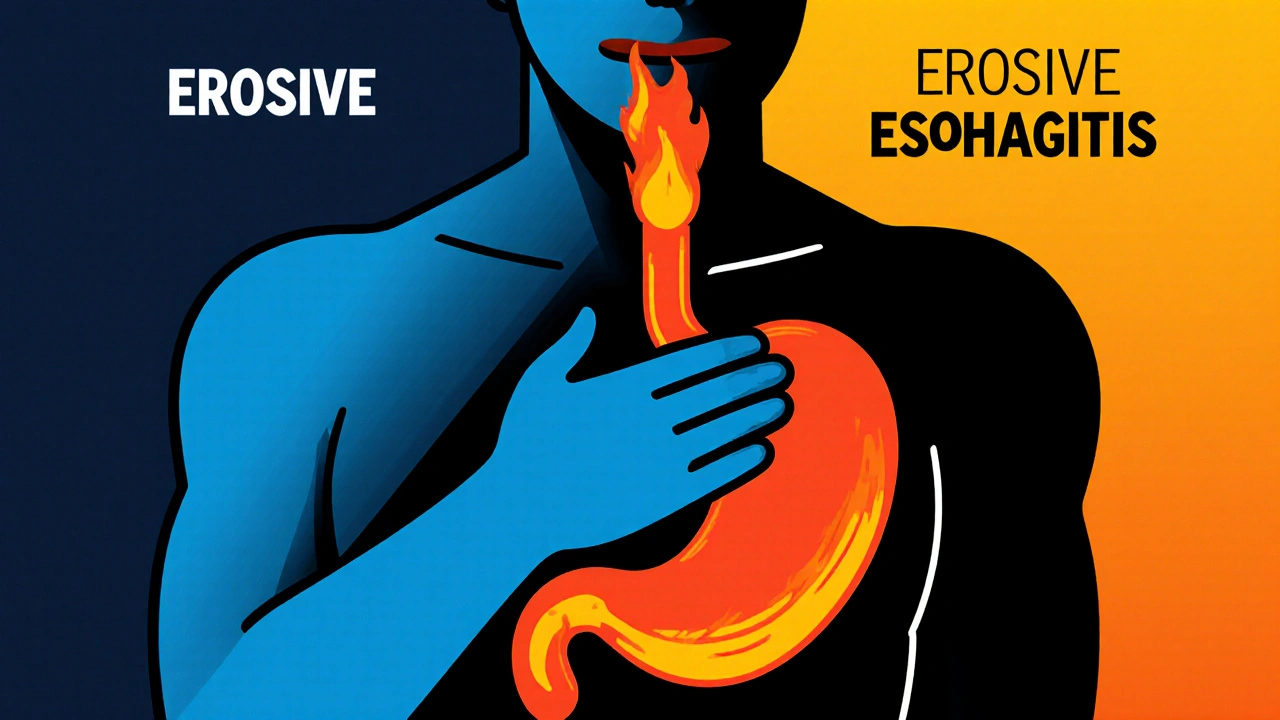Exercise: Practical Tips for Safer, Smarter Workouts
Most people think more sweat equals better results. That’s not true. Smart movement beats mindless effort. This page gives clear, easy-to-use tips to improve fitness, cut injury risk, and keep aches from derailing progress.
Start with a plan you can repeat. Pick two types of sessions each week: a strength day (bodyweight or light weights) and a mobility/cardio day (walking, cycling, or a gentle HIIT). Consistency matters more than intensity. Three 30–40 minute sessions per week beat one long, brutal workout and nothing the rest of the week.
Warm up like you mean it. Five to ten minutes of dynamic movement—leg swings, arm circles, bodyweight squats—raises temperature and primes joints. A good warm-up lowers the chance of muscle spasms and sudden pain. If you’re prone to tightness, add gentle foam rolling for 2–3 minutes before the main work.
Move well before you push hard
Form is everything. Use controlled tempo: two seconds to lift, two to lower. If form breaks, drop weight or scale the exercise. For people with joint pain, swap high-impact moves for low-impact options: step-ups instead of jumps, cycling instead of running. These changes keep the heart rate up without battering joints.
Progress slowly. Increase load or time by about 5–10% each week. That small change forces adaptation without overload. Track workouts so you can see steady progress—numbers beat motivation swings.
Manage pain and recovery
Differentiate soreness from injury. Mild, even sharp, muscle soreness that eases with movement is normal. Sharp, stabbing pain or swelling is a red flag—stop and get checked. If you have chronic joint pain, tools like topical creams, joint supplements, or short courses of prescription meds sometimes help so you can stay active. Talk to your clinician before adding medications or supplements.
Recovery matters. Sleep, hydration, and protein intake support muscle repair. Rest days don’t erase gains—they let them stick. Use light movement on rest days: a 20-minute walk improves circulation and speeds recovery.
Make workouts fit your life. If mornings are busy, a 20-minute strength circuit before work beats an inconsistent hour-long gym session. Use household items as weights if you can’t get to a gym. Small, daily wins add up.
If you’re managing a specific condition—arthritis, COPD, or nerve-related muscle tightness—ask for a tailored program. A physical therapist or licensed trainer can adapt exercises, recommend breathing-friendly cardio, and suggest safe medication or topical options when needed.
Finally, keep it enjoyable. Music, a workout buddy, or a simple goal (walk 6,000 steps today) makes staying active sustainable. Small, steady changes keep you moving longer and feeling better.


